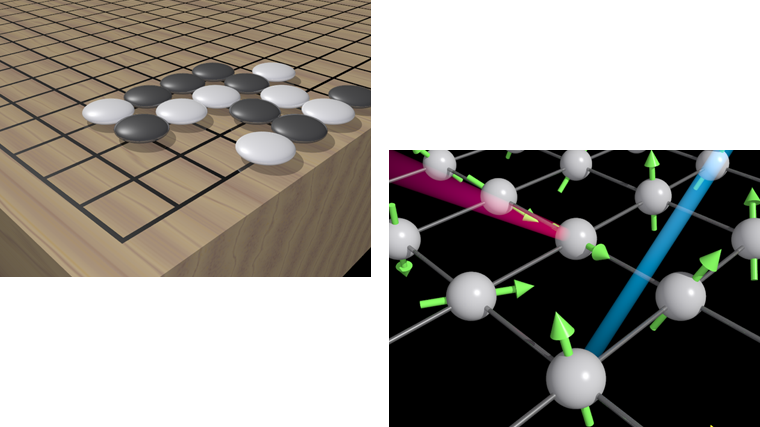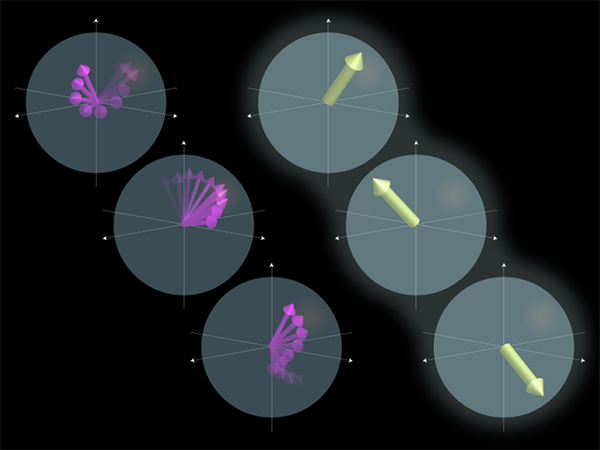Recently, computer programs have started beating world masters of board games like chess, go, and shogi. While these games work on simple rules, which anyone can easily understand, they exhibit quite rich behaviors. Ever since the invention of these games, the intricacies of these games have fascinated us to understand better strategies and clever moves. Our world is also governed by simple rules, the laws of quantum mechanics. These simple quantum rules also enrich the behavior of the physical systems from microscopic to macroscopic levels. The aim of quantum information science is to understand high-level principles in the quantum world, by making full use of information science, such as information theory and computer science. With this knowledge in hand, one could possibly make clever moves in the quantum world, to be a master of quantum mechanics.

Simulating the quantum phenomena would be helpful to get a better understanding of the quantum world. However, the simulation of the quantum world using conventional “classical” computers is quite inefficient, especially when the size of the system gets large. Therefore, we need a novel quantum-native computer, whose working principle is the same as one in the quantum world.
One of the ultimate goals of quantum information science is to get a comprehensive understanding of a quantum computer and to realize it by using physical devices. Its understanding not only provides us with revolutionary applications of quantum mechanics for information processing, but also tells us about the nature of the quantum world.
In addition to conventional 0 and 1 in a classical digital computer, quantum bit, namely, qubit can take both 0 and 1 at the same time, called a superposition state. Thereby, a qubit has richer information than a classical bit. Unfortunately, the quantum superposition is fragile against environmental noise, and hence it can readily lose its quantumness without any protection. To preserve the qubit’s identity, the quantumness, protection has been developed, the so-called quantum error correction. This error correction (fault-tolerant theory) guarantees the construction of a universal quantum computer in a noisy environment. Nowadays, a worldwide effort, including this project, is aimed towards the realization of quantum error correction, which could lead to the development of a digital universal quantum computer. In this project, we, the theory team, tackle this great challenge by designing more reliable and efficient models for quantum error correction. Our work also includes a close collaboration with experimental teams to characterize and optimize the actual quantum devices.

The theory of quantum error correction not only protects the quantum world from noise, but also provides us a rich theoretical framework for the investigation of physical properties of many-body quantum systems. The quantum error correction codes have been employed as toy models for exotic quantum phenomena, like topological order, black holes, and quantum gravity, spanning a wide range of applications from condensed matter to high energy physics. In this project, we also seek a novel use of developing quantum devices for the exploration of these exotic quantum systems.